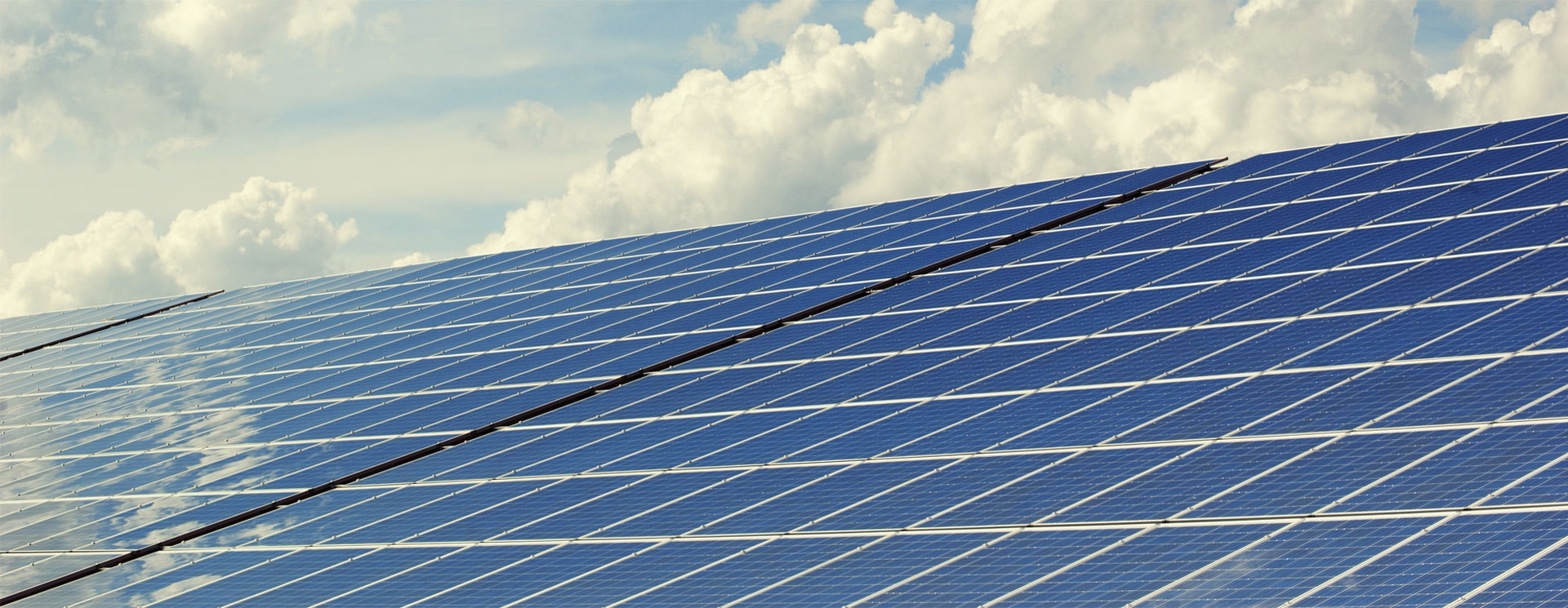|
|||
|
|
|||
|
|
|||

The solar cell is a machine whose function is to convert the energy of the light into electrical energy that can be used to supply cities and industrial plants with what they need. The vast majority of solar cells are currently made of silicon. One of the most important merits that makes the solar cells differ from other energy storage units such as batteries that they do not include any chemical reactions, and do not need any amount of fuel to be able to produce electricity, making them environmentally friendly, and they are distinguished from electrical generators as they do not need any moving mechanical parts and do not make noise. The principle of working of the solar cells is based on absorbing sunlight and convert solar energy into electrical energy, in this case the sun has fulfilled the role of electrical generators. The solar cell is a semiconductor device with a simple structure, whose function is to convert photons existed in the light rays into forms of energy that humans can use, the basic way to do such conversion is to allow the solar cell to absorb photons and drop them onto a crystalline surface made of a chemical element, the silicon atoms are then ionized and the charges are transported to them, so this will lead to release some of the electrons. This interaction can be simplified as follows: the electrical energy can be generated inside the silicon as soon as the sun hits it. Thus, electrical power becomes ready to operate houses and plants.
THE IDEA OF WORKING OF THE SOLAR CELLS: This kind of clean energy production from renewable resources has taken a big turn and has been of great importance to organizations and governments interested in preserving the ecological cleanliness, the investment period of solar panels is approximately 25 years, and their cost has recently become acceptable and attainable reach with the development of the quality of its manufacture and production, and we can know the economic feasibility of the installation of this system by knowing the Retrieval period in which it will return the costs, whenever the period is more less, this project is more economically feasible. |
